Computers are an important part of our life. In an increasingly digital society we’ve got documents, media, games, and all sorts of other files spread between work computers, laptops, desktops, and the cloud. What if you just want a reasonably capable PC that you can take anywhere, and hook up easily using nearly any monitor, keyboard, and mouse? In this Kangaroo PC review I’ll talk about a device that wants to fill that niche with a computer that might be smaller than the cell phone in your pocket.
Specifications
The Kangaroo PC has the following features and specifications:
- Processor: Intel Atom x5-Z8500 1.44 GHz, up to 2.24 GHz
- Processor Main Features: 64 bit Quad-Core Processor
- Cache Per Processor: 2 MB Cache
- Memory: 2 GB LPDDR3
- Storage: 32 GB eMMC
- Graphics: Intel HD Graphics
- Power Supply: AC Adapter included
- Operating System: Windows 10 Home
- Special Features: Fingerprint reader
- WLAN: Wi-Fi 802.11 A/C (Dual Band)
- Bluetooth: Bluetooth 4.0
- Card Reader: microSD
- Video Ports: 1 HDMI
- Rear USB: 1 x USB 3.0 (total) 1 x USB 2.0 (total)
- Dimensions (H x W x D): 0.52″ x 3.17″ x 4.88″
- Weight: 0.44 lb. (without adapter & power cord) / 1.04 lbs. (including adapter & power cord)
What’s in the Box
- 1 x Kangaroo PC
- 1 x Kangaroo dock
- 1 x Power Adapater
- 1 x Quick Start Guide
Design
First things first, the Kangaroo PC is remarkably small. The PC and dock together are slightly smaller than my Nexus 6P in its case, and only slightly thicker than the same. The PC itself is just under five inches long, just over three inches wide, and a half-inch tall. The dock adds an extra inch of overall length.
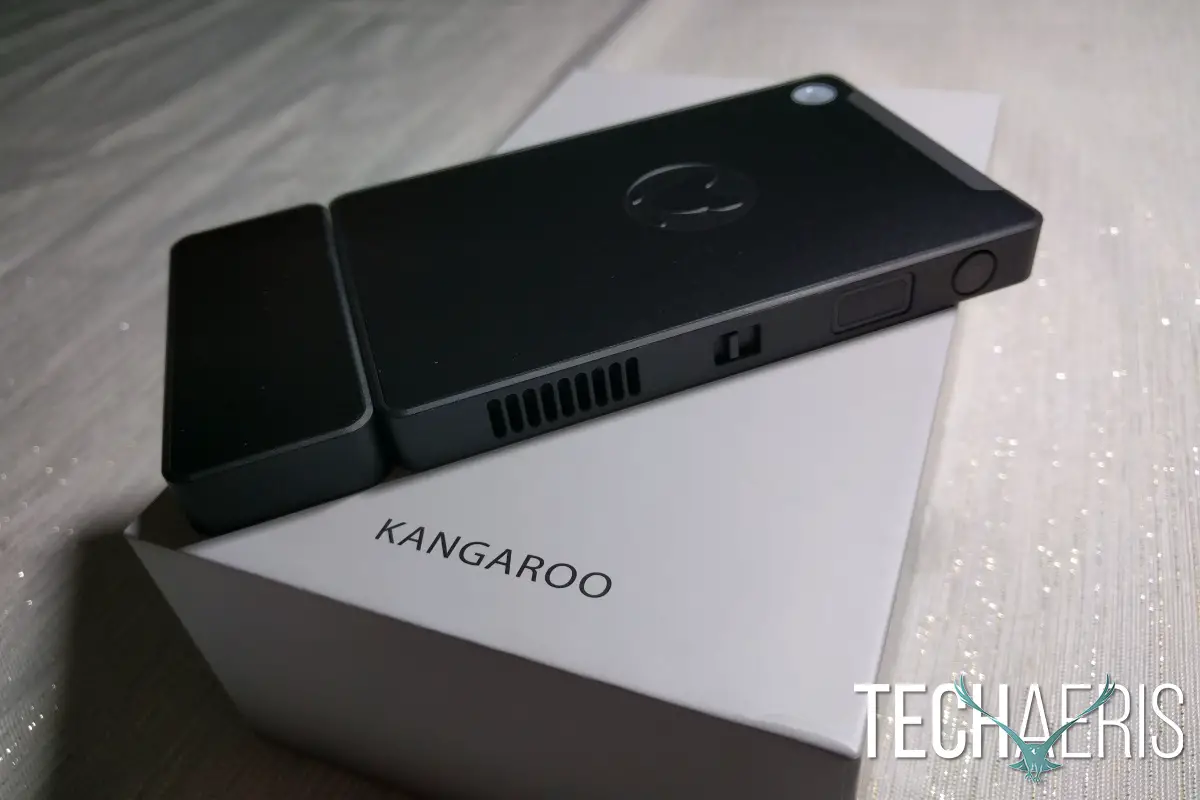
The Kangaroo PC itself has an LED indicator ring in the top left corner. The indicator ring actually passes through the entire device. The rest of the front of the device simply has the Kangaroo logo and the back is a plain black cover. The left side of the PC includes a Micro-USB input which is only used for trickle charging the internal battery. On the left is also the MicroSD port for expanding the storage of your device along with some vents. The top edge is pretty plain, with only two holes for ventilation. The right edge has the power button, a fingerprint scanner, an action switch (used with VNC control software to remotely control your computer), and more ventilation. The bottom edge has the adapter and connections for the dock.
The dock has plugs for the power adapter, two USB ports — one USB 2.0 and one USB 3.0, and an HDMI port for audio/video output. The connection from the dock to the PC is handled via a 40-pin docking connector, with some added support from two ¾” posts for stability.
Software
The Kangaroo PC runs Windows 10, so you’ve got all sorts of options when it comes to what you’d like to run. Unless you want to attach an external optical drive you’ll be downloading software only, but that’s really no big deal anymore as most anything you could want is available to download anyway. From there, you’ll really only be limited by the hardware when it comes to what you’ll be able to run. Keep in mind that there is only 32GB of internal storage on the PC itself, with an SD card slot allowing for expanded storage. You can also attach an external hard drive provided you have enough USB ports (a hub will likely be necessary here).
Performance
Following up on the software section just a bit, considering the size and form factor of the Kangaroo PC you’re really getting some comparatively powerful specs. You aren’t going to be rendering a ton of video, or playing super system intensive games or anything, but most day-to-day computing tasks are a breeze. Web browsing, some limited photo editing, writing/editing documents, and watching videos are all generally painless. If you’ve got a lot of tabs open, updates downloading, or generally have multiple processes running it will naturally slow things down. A bit of restraint will give you very good performance though.
Gaming is, of course, a bit of a mixed bag. Though it isn’t completely out of the question. GOG will probably be your best bet in the gaming area, with older games specifically being most likely to work. If you’ve got another PC you can probably stream games from Steam to the Kangaroo PC too. I did fire up Minecraft Windows 10 Edition and it worked, though there were some definite hiccups and stalls. In a pinch though you can get some blocky action going if you so choose.
The Kangaroo PC will work with most USB peripherals, and will most easily connect to any HDMI monitor. You can also pair your Kangaroo PC to an iPad and use that as a monitor, though since I do not have an iPad I was unable to test this feature. Without a specific audio port on this model you can connect Bluetooth headphones or speakers to the Kangaroo PC for sound if your HDMI monitor does not have speakers.
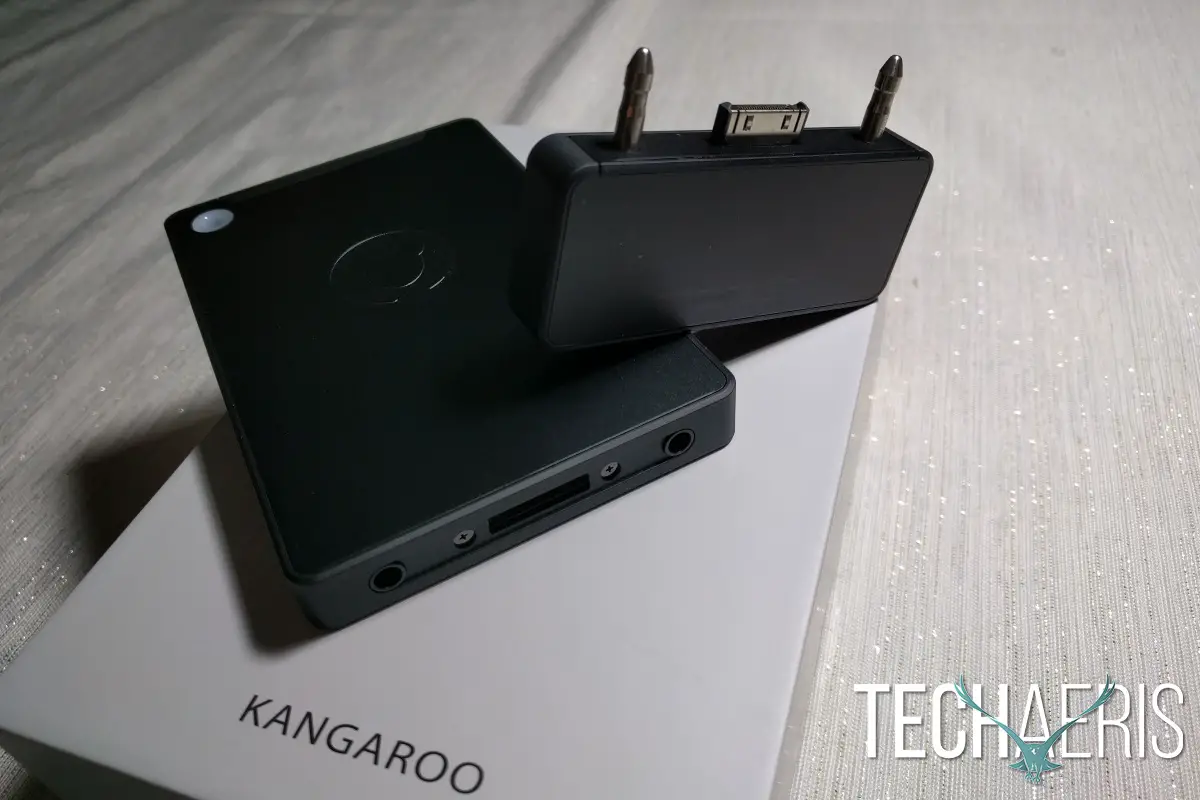
If you’re away from a power source, but have your iPad available as a monitor, the Kangaroo PC also has an internal battery that will provide up to four hours of use completely untethered from external power. Four hours is a best case scenario depending on what you have plugged in, as I ran the Kangaroo on battery power for a bit while plugged into a monitor, keyboard, and mouse and I could watch the battery drain before my eyes. Battery power is definitely a nice option to have, but probably not something you’ll want to have to rely on too frequently.
Ecosystem
The Kangaroo line has been expanding in recent months, with the Kangaroo Plus model announced in February. The Plus retains the same form factor as the standard PC, but doubles the internal RAM (to 4GB) and storage (to 64GB) of the original. Kangaroo Plus does not come with an operating system installed, but is compatible with either Windows 10 or Linux.
InFocus has also recently released the Kangaroo PC Pro. The Pro model includes the same PC brains as have been reviewed here (and Windows 10 comes installed as well), but with a bigger/better dock. New additions to the Pro dock include VGA, Ethernet, and audio ports as well as an additional USB 2.0 port and 2.5” hard drive bay. The Pro dock will work with the original Kangaroo PC brains, but there is currently no option available to purchase the Pro dock on its own. I’ll be interested to see what else Kangaroo PCs have in store, as this is an interesting form factor that has a lot of possibilities.
Price/Value
Priced at $99, the Kangaroo PC is honestly nearly in impulse-buy territory. For under a hundred bucks you get compact, Windows 10 equipped, fully-functional PC hardware. As long as you aren’t expecting performance outside of what the hardware can provide, you will get great value out of the Kangaroo PC. Additional docks can be purchased for the base Kangaroo PC model, allowing you to easily carry your computer with you between home and the office if you so choose.
Wrap Up
Everybody’s computing habits are different. Where some people will want a fully decked-out gaming rig, plenty of people can get by with something far more practical. The Kangaroo PC provides a good computing experience in an amazingly small form factor at an exceptionally reasonable price.
[rwp-review id=”0″]
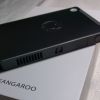
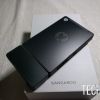
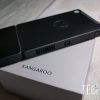
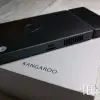
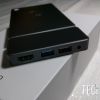
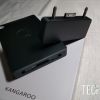
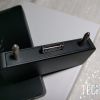
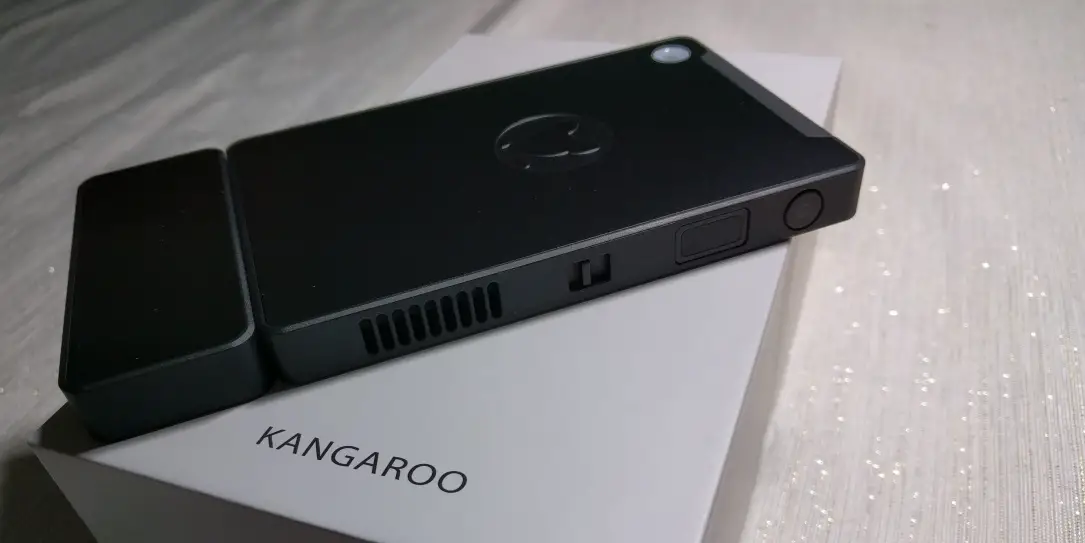









Comments are closed.